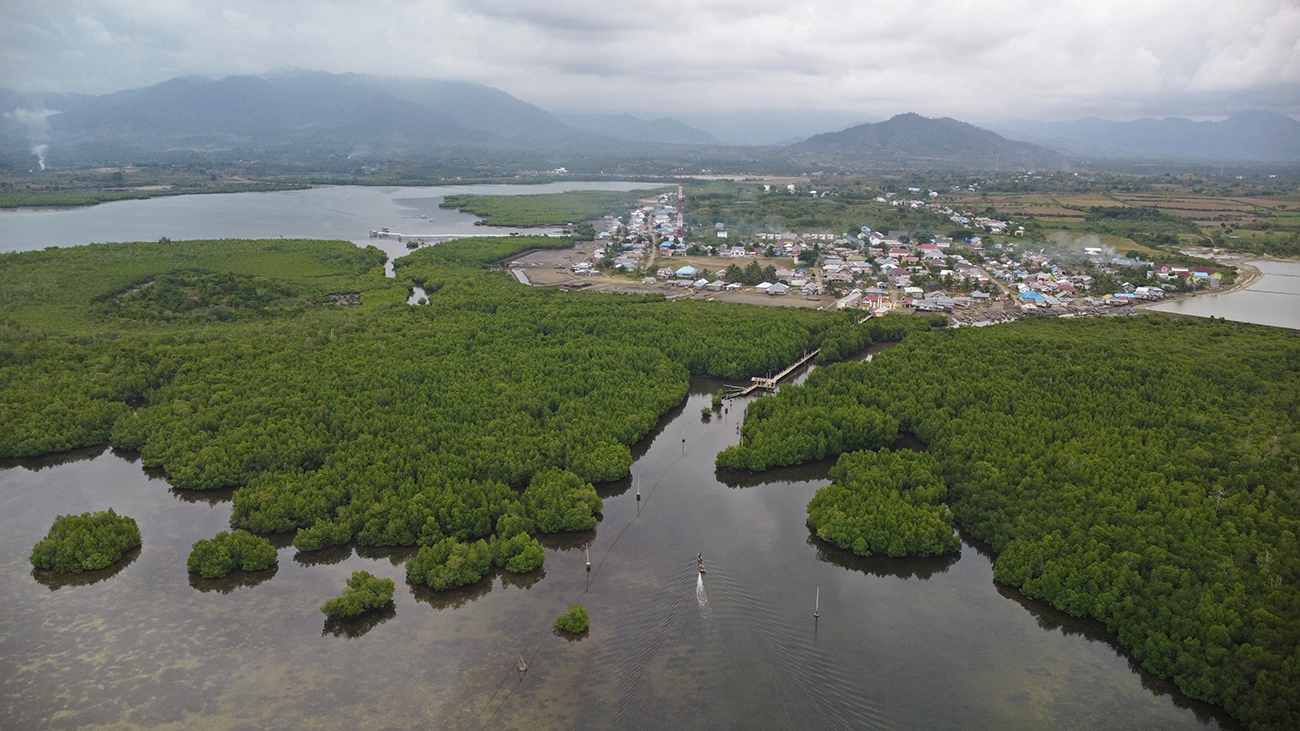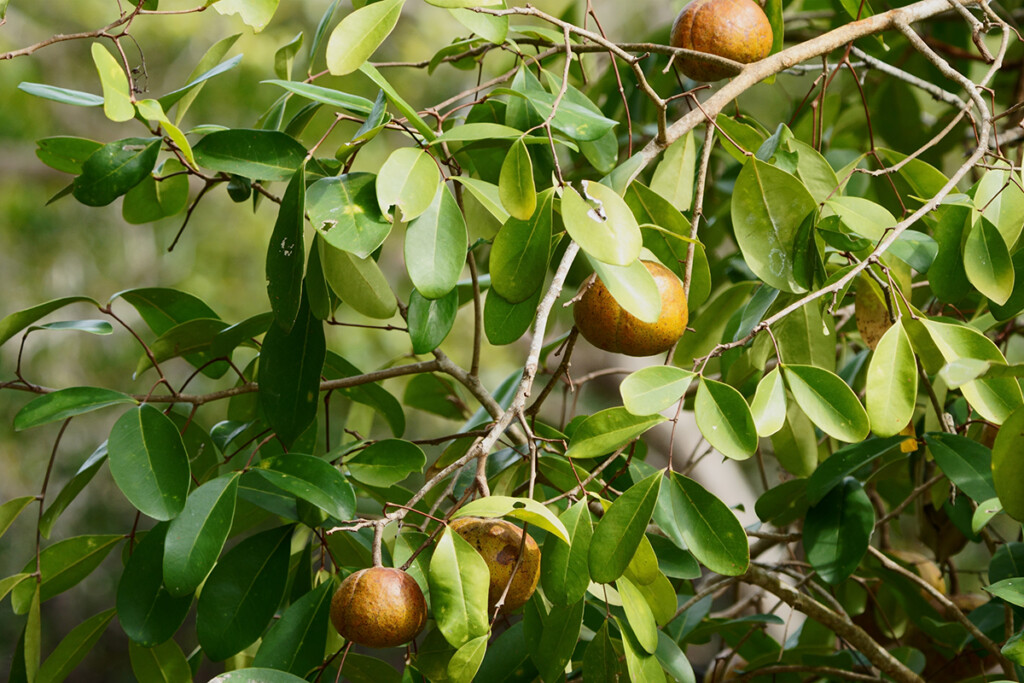Besides a very large forest area, Indonesia has about 3.31 million hectares of mangroves, which are estimated to store up to 33 billion tons of carbon. It's a breath of fresh air amidst alarming climate change. The existence of mangroves alone is of benefit to the local people and the environment, all the way up to the national level.
The people of Popayato sub-district in Pohuwato district, Gorontalo province, benefit greatly from the mangroves. The majority of the people in three villages in the sub-district, which is dominated by the Bajo, Bugis, Gorontalo, Kaili and Sangihe ethnic groups, depend on fishing for both trade and consumption.
In addition to catching fish, clams, sea cucumbers, shrimp and mangrove crabs, they also harvest wood, fruits and medicinal herbs for daily use. Some mangrove species are good for cleaning eyes, curing stomach flu and children's diseases, or processed to make face powder for brides.
Improved quality of mangroves allows locals to process its fruits into a range of foods, namely dodol (sweet toffee-like sugar palm-based confection), cake, syrup and mangrove crackers. Fishermen use mangrove skins to color their trawls and to eliminate the fishy smell of fish. The prospective mangrove area is good to develop educational tourism fish farming with floating net cage. There are certain areas, such as in Mangrove Hamlet, that are used as a place for the traditional Tibba Anca procession, a traditional ceremony to ward off bad luck.

The mangrove area is a habitat for biodiversity, such as birds. A survey conducted by Burung Indonesia in 2023 counted 32 species living in the area, namely the Collared Kingfisher (Todiramphus chloris), Purple Heron (Ardea purpurea), Javan Pond-heron (Ardeola speciosa), White-breasted Woodswallow (Artamus leucorynchus), Large-billed Crow (Corvus macrorhynchos), Pied Imperial-pigeon (Ducula bicolor), and Pink-necked Green-pigeon (Treron vernans). The abundance of food such as crabs, fish, clams, shrimp and sea cucumbers supports the population of these birds in this area and ultimately helps fertilize the soil as nutrients are returned to the environment through the birds' droppings.
Directly and indirectly, the presence of birds in the area has an impact on the surrounding environment, as they act as pest controllers and help increase the productivity of the land.
The locals consider some birds as signs of nature. For example, the teterra bird is sign for abundant amount of Skipjack Tuna will arrive in Torosiaje waters, while the Black Eagle indicates tunas and dolphins. The poteang—Pied Imperial-pigeon, instead of signifying the arrival of fish, marks the arrival of the West Wind season in Tomini Bay.

Despite its high biodiversity and economic value, the mangrove area faces imminent threats. The progressive destruction of mangrove forests and increasing damage from climate change threaten the natural and economic livelihoods of many coastal communities in Tomini Bay, exacerbated by the lack of integration between local mangrove conservation initiatives and external parties.
Mangrove conservation is also threatened by land conversion to aquaculture by outsiders. As a result, the population of biota such as mangrove crabs and sea cucumbers is declining.
The Forest Area Designation Bureau in Gorontalo Province released a data stating that the destruction rate of mangrove area in the province has reached 67%, mainly caused by land use conversion to aquaculture. This is very unfortunate as Pohuwato Regency has the most extensive mangrove area in Gorontalo Province.
Two decades ago, mangrove crabs, sea cucumbers, shrimps, snappers, baronangs, groupers, mullets, gizzard shads and birds were still part of the high and abundant biodiversity in the mangrove forest area. This is also supported by the fact that the mangroves are still in good condition and the waters have not been polluted by the conversion of land into ponds.
For this reason, the local community continues to make efforts to conserve and restore mangrove areas to ensure their sustainability. These efforts are also a way of anticipating climate change, which will threaten the natural and economic livelihoods of many coastal communities in Tomini Bay.


